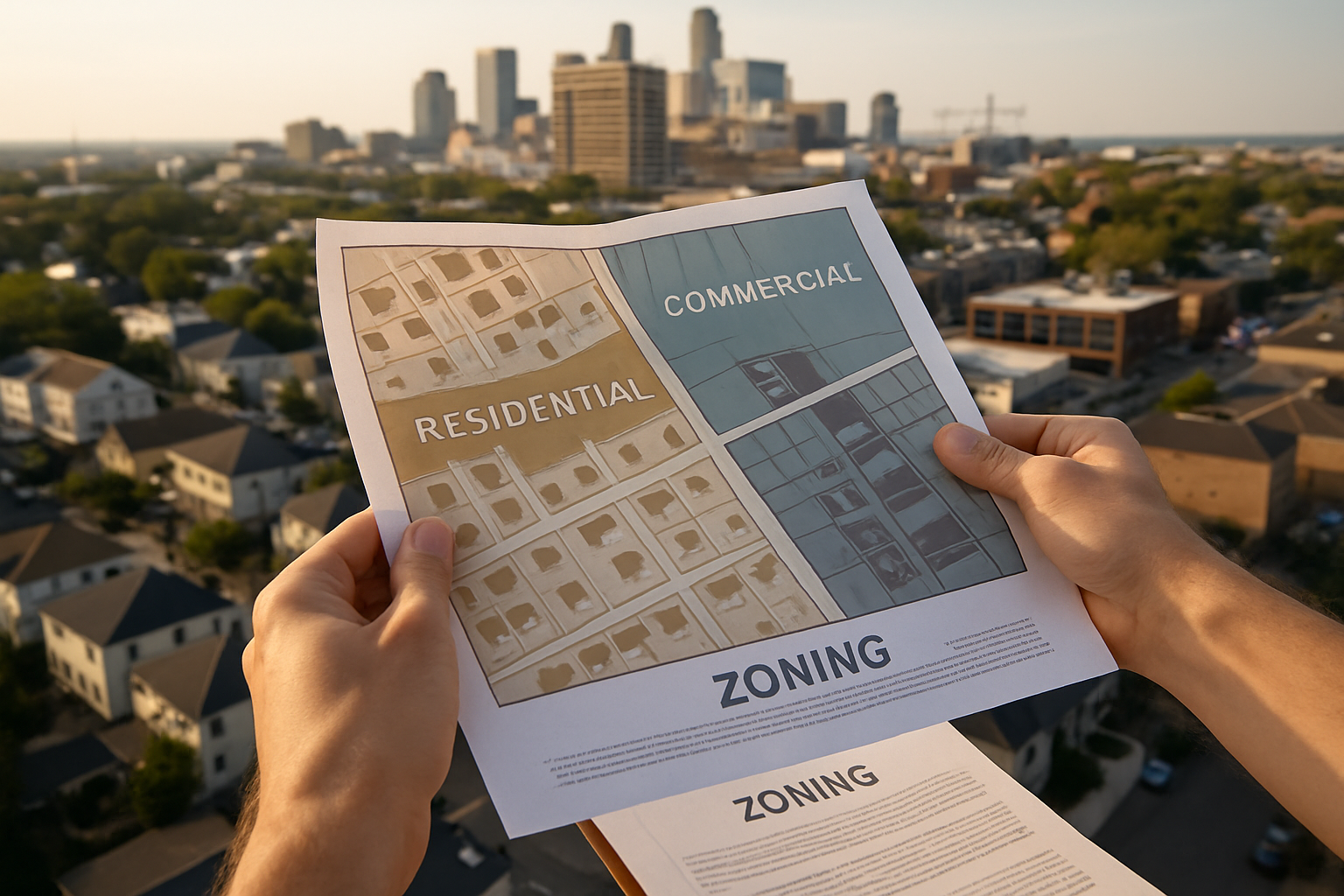Urban redevelopment: balancing density and affordability
Urban redevelopment reshapes how property and housing are supplied in cities, affecting buyers, sellers, investors and renters alike. Balancing higher density with affordability requires coordinated zoning, financing, renovation strategies and analytics-driven planning. This article outlines practical approaches for communities, developers and local services to align development goals with sustainable, inclusive housing outcomes.

Cities reopening brownfields, repurposing commercial corridors and adding infill projects face a central tension: how to increase density without pushing housing out of reach. Effective redevelopment considers property valuation, listings dynamics and the lifecycle costs of renovation and new construction. This opening section frames how municipal policy, private investment and community priorities interact when redevelopment decisions influence mortgage availability, rentals markets and long-term sustainability.
Property and valuation impacts
Redevelopment changes property valuation in predictable and unpredictable ways. New residential or mixed-use development can raise nearby appraisal values, affecting taxes and the resale prospects for existing owners and sellers. For buyers and investors, updated valuations influence financing and mortgage underwriting, while for homeowners higher assessments can create affordability pressures. Accurate analytics and transparent appraisal practices help stakeholders anticipate shifts in market listings and make renovation choices that preserve value without accelerating displacement.
Housing supply and affordability strategies
Increasing housing supply through higher density is a common tool to address affordability, but supply alone is not sufficient. Targeted affordable housing requirements, inclusionary zoning, and preservation of existing low-cost units are complementary approaches. Local services and planners can pair new development with rental assistance, subsidies, or dedicated financing pools to ensure a portion of new units remain accessible. Thoughtful policy design balances residential growth with protections for vulnerable households so development does not solely serve speculative investment.
Investment, financing and development choices
Investment decisions shape the type and pace of redevelopment. Institutional investors and smaller developers weigh renovation costs against projected rental income, capital appreciation, and regulatory conditions. Financing structures—whether traditional mortgages, construction loans, or public-private partnerships—affect feasibility. Public incentives such as tax credits or density bonuses can shift developer economics toward more affordable outcomes. Clear expectations around project timelines, valuation methods, and exit strategies help align investment returns with community goals.
Rentals, mortgage markets and market trends
Rental markets respond quickly to new supply, but mortgage markets determine who can buy. Increased density can raise the pool of rental units and diversify offerings for different income levels, yet mortgage lending standards and interest rate trends influence buyer demand for condominiums and townhomes. Landlords and property managers must consider renovation standards, energy efficiency upgrades, and compliance costs that affect rental pricing. Ongoing analytics on listings, occupancy, and payment patterns support more resilient rental and ownership markets.
Zoning, renovation and regulatory frameworks
Zoning is a primary lever for controlling where density increases. Changes such as upzoning, accessory dwelling unit allowances, and reduced parking requirements can unlock new residential development, including conversions of commercial properties to residential use. Renovation codes and permitting processes determine the cost and timelines for adaptive reuse projects. Streamlined approvals and clear appraisal guidelines reduce uncertainty for developers while ensuring safety and neighborhood compatibility. Coordinated zoning and permitting reforms can catalyze residential development that serves a range of incomes.
Sustainability, analytics and long-term outcomes
Sustainable redevelopment integrates energy-efficient building practices, resilient infrastructure and transportation access to reduce long-term operating costs for property owners and occupants. Analytics—covering demographics, commuting patterns, and housing demand—help prioritize projects that yield social and environmental benefits. Incorporating green retrofits during renovation can lower utility costs and improve affordability over time. Evaluating projects with both short-term valuation metrics and long-term sustainability indicators supports balanced decisions across commercial and residential portfolios.
Urban redevelopment that balances density and affordability relies on coordinated policy, realistic investment models and data-driven planning. By aligning zoning changes, financing incentives, and renovation standards with clear affordability objectives, cities can expand housing supply without displacing residents. Sustained use of analytics, transparent valuation practices, and integration of sustainability measures improves outcomes for buyers, sellers, renters, and local services, helping redevelopment deliver inclusive growth.





